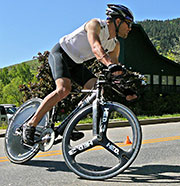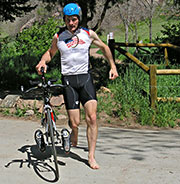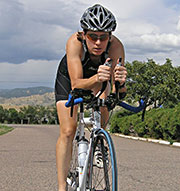|
Top finds
- Casinos Not On Gamstop
- Migliori Siti Casino Online
- Siti Casino Non Aams
- UK Online Casinos Not On Gamstop
- Non Gamstop Casino UK
- Non Gamstop Casino UK
- Casino En Ligne Légal En France
- Non Gamstop Casinos Uk
- Casino Sites Not On Gamstop
- Non Gamstop Casino UK
- Casino Sites Not On Gamstop
- Gambling Sites Not On Gamstop
- сasinos Without Gamstop
- Casinos Not On Gamstop
- Siti Scommesse Italiani
- Best Online Casinos UK
- Gambling Sites Not On Gamstop
- Meilleur Casino En Ligne
- Non Gamstop Casino
- Casino Not On Gamstop


 The inaugural Ironman Wisconsin, held in 2002, featured a novelty. A couple of elite Kenyan runners did the race. I’m talking about sub-2:15 marathoners. The story was that some coach had recruited these guys as a sort of experiment. Anyway, not only did the poor guinea pigs get crushed on the swim and the bike, but they also ran terribly. This unique example demonstrates that the first key to running strong in an Ironman is not pure running ability but strength on the bike.
The inaugural Ironman Wisconsin, held in 2002, featured a novelty. A couple of elite Kenyan runners did the race. I’m talking about sub-2:15 marathoners. The story was that some coach had recruited these guys as a sort of experiment. Anyway, not only did the poor guinea pigs get crushed on the swim and the bike, but they also ran terribly. This unique example demonstrates that the first key to running strong in an Ironman is not pure running ability but strength on the bike. In Ironman training, a mile run immediately after riding is probably worth five miles run on fresh legs. Running off the bike in training prepares you specifically to run off the bike in an Ironman. I believe that doing short runs frequently off the bike in training is more beneficial than doing occasional longer runs off the bike, because it’s really the transition from cycling to running that you are trying to train. If you can start running strong off the bike, chances are you will continue running strong. And the converse is also true. Unlike in regular marathons, Ironman marathons usually don’t turn ugly at 20 miles. They start ugly.
In Ironman training, a mile run immediately after riding is probably worth five miles run on fresh legs. Running off the bike in training prepares you specifically to run off the bike in an Ironman. I believe that doing short runs frequently off the bike in training is more beneficial than doing occasional longer runs off the bike, because it’s really the transition from cycling to running that you are trying to train. If you can start running strong off the bike, chances are you will continue running strong. And the converse is also true. Unlike in regular marathons, Ironman marathons usually don’t turn ugly at 20 miles. They start ugly. As I suggested above, doing frequent, short transition runs off the bike will prepare you to start your Ironman marathon strong, and when you start the marathon strong, you have a good chance of finishing it strong. However, a one- or two-mile transition run does not fully prepare the body for the stress of running an entire marathon after a long, hard ride. Nothing does, actually, but a long bike-run brick workout will help.
As I suggested above, doing frequent, short transition runs off the bike will prepare you to start your Ironman marathon strong, and when you start the marathon strong, you have a good chance of finishing it strong. However, a one- or two-mile transition run does not fully prepare the body for the stress of running an entire marathon after a long, hard ride. Nothing does, actually, but a long bike-run brick workout will help.